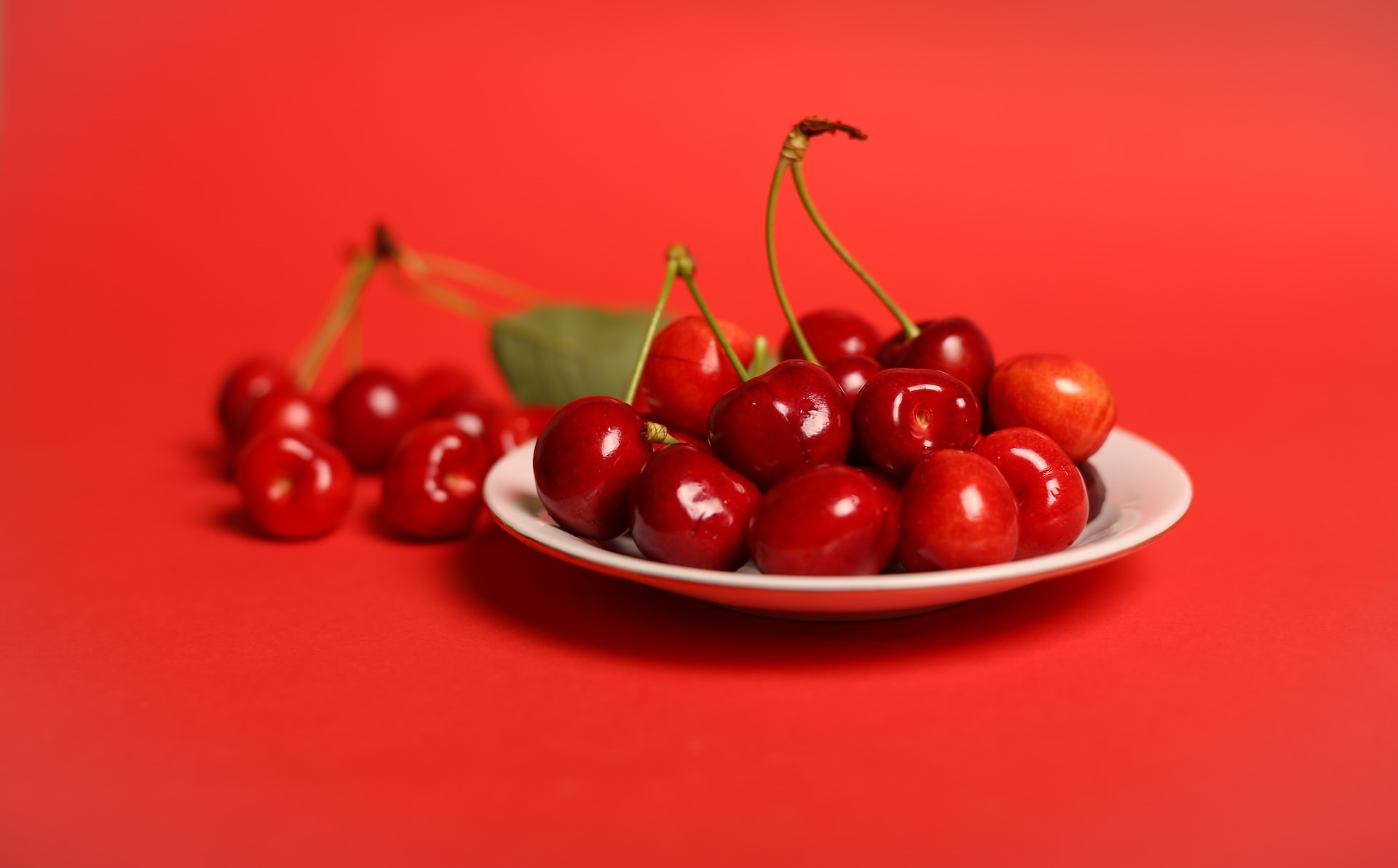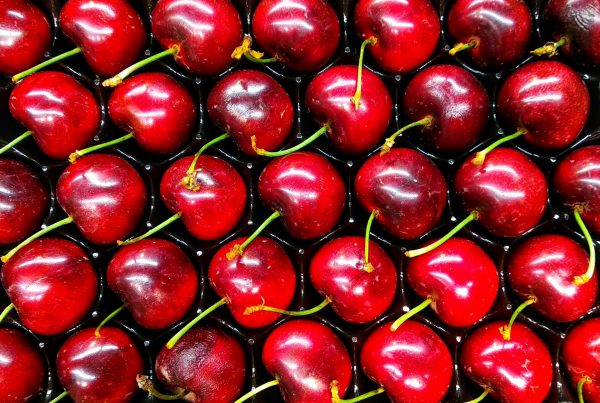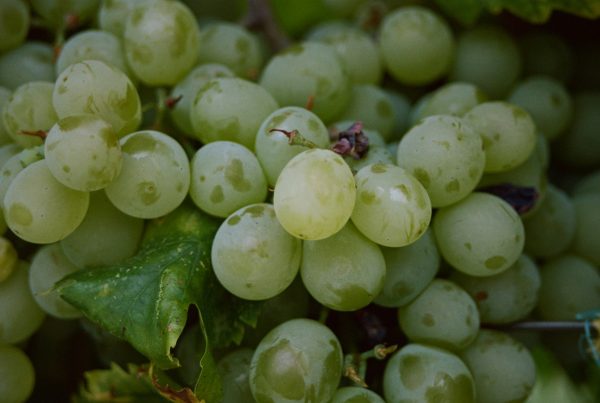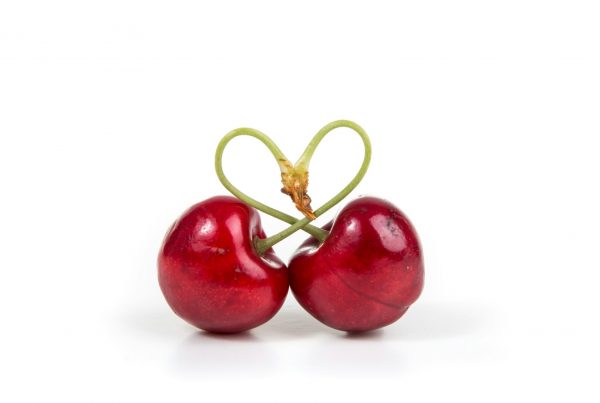Newsletter 160 – 12.20.2023
The passion that the cherry generates in the Chinese is a unique phenomenon, difficult for Westerners to understand. When the first container of southern cherries arrives at the Chinese wholesale markets, the madness is such that an “avalanche of buyers” forms, all wanting to obtain some of the “elixir of the gods.” The cherry is a symbol of good luck, happiness, prosperity and success. You buy it as something special, to entertain, as a luxury, a gift. This partly has to do with the color red, the supreme color for the Chinese: it is that of the flag, that of the emperors and of the famous book by Mao Tse Tung.
Another fact to highlight is the importance of the Chinese New Year. During this festival, the most important in the calendar, they like to give cherries to wish happiness, prosperity and success in the coming year. There is a before and after the celebration. Before the party the prices are attractive, after the party they usually drop to less than half.
All this explains the Chinese madness for southern cherries and Chile's success in this business. With much smaller volumes, Argentina, New Zealand and Australia also participate in this market.
But the cherry is a real "princess", very sensitive to inclement weather. A rain before the harvest can bring million-dollar losses. It also requires perfect logistics throughout its journey; from cultivation to arrival at the markets. The Chilean sector has worked hard on this point, hiring fast vessels, the Cherry Express, negotiating with China to enable ports, reduce waiting times and the number of inspections. All this is because the cherry must reach the markets perfect. Superior quality cherries are immediately sold at high prices. In the case of cherries with inferior quality, qualitative details or smaller size, no one wants them, stocks accumulate due to lack of sales, and are a real problem for the entire supply supply chain.
The demand for consistent quality and large fruit is even increasing. Currently, we have gone from appreciating the XL size to demanding the Jumbo and even larger sizes. The presentation is also essential, it has to be attractive and eye-catching, considering that it is usually bought as a gift.
In the last season, Chile managed to export record volumes, reach the markets with quality and maintain prices at a good level. This year something more complex presents itself. Climatic problems severely damaged the harvest, especially the early varieties. In addition, there was a maturation delay. This not only happened in Chile, but also in Argentina. This last country it is expected to be able to recover the delay and export more than in previous years. An export of 6,000 tons is estimated, +26% compared to 2022 and +5% compared to 2021. But Chile will not be able to compensate for the delay and losses in its early varieties. The Committee's second estimate indicates a total of 407,000 tons, slightly less than in 2022/23 (412,000 tons). According to some analysts, the volumes will be even lower, below 400,000 tons.
The other challenge of the current season is quality, which was affected by the rains and storms. Given the decline in production, companies could be tempted to export qualities that do not meet the high Chinese requirements, which would be a serious mistake. But, on the other hand, the later start has an ally this year, the date of the New Year celebration. This year it is late, February 10, giving greater margin for shipments. Last year, the celebration was very early, on January 22. That required doing a great job from production to logistics to arrive in China before this date.
China will once again be the large market in this sector, receiving 85-90% of southern shipments. Despite the efforts made, no progress has been made so far in other markets. In these, cherries do not have the superior position that they have in China. In North America or Europe, it is another fruit offered for holidays. But, this year the higher prices at which most fruits are sold, and the declines recorded in some that compete with cherries (e.g. blueberries, grapes) could give it a certain advantage. This will only be seen as the season evolves.







